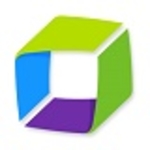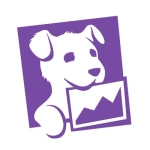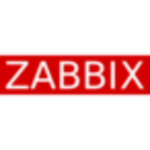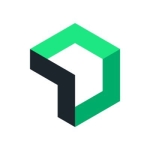There are certain limitations with the agents in the solution. For some applications, AppDynamics Server Monitoring provides agents only for Linux-based machines.
When our organization deals with environments where only Windows-based applications are running, we face challenges using AppDynamics Server Monitoring. Some community-based agents are available with a solution that utilizes the CPU and memory of the hardware devices in excess.
The vendor should make changes to support Windows-based applications or develop single agents to support all applications. Recently, a single agent feature was announced; if it's easy to use, then the solution will have an edge over others and simplify the deployment process.
I have been using AppDynamics Server Monitoring for one or two years.
I would rate the stability a nine out of ten.
There are about 15 users of AppDynamics Server Monitoring in our organization. At our company, we try to avoid frequent or regular maintenance of the solution as it can disturb daily operations. I would rate the scalability a ten out of ten. If the deployed environment grows, there are no challenges in increasing the resources in the solution, hence the solution can be easily scaled.
The tech support from the vendor is satisfying. I would rate the tech support an eight out of ten.
There are some complexities in the initial deployment process of AppDynamics Server Monitoring. It's an agent-based solution, so there are different agents for varying apps, the compatibility of the agent with the app is not straightforward. When our company's team is installing the agents, they are facing some challenges related to agent compatibility and product performance. The main controller setup of the solution is comprehensible.
The installation of AppDynamics Server Monitoring takes more than a week in total. The main controller can be installed within a day, but the agent installation for different applications takes around a week.
The licensing cost is fairly high. I would rate the pricing an eight out of ten. There are no additional costs to the standard licensing fees for AppDynamics Server Monitoring.
Customers of our company use the solution to monitor servers in digital banking, online banking applications and other financial entities. AppDynamics Server Monitoring is a user-friendly solution. The dashboard, flow providing maps of varying applications and the back-end calls are easy to understand in the solution.
The alerting mechanism works satisfactorily and efficiently as other solutions. Notifications are provided in the dashboard, or they can also be sent to users via email or SMS by AppDynamics Server Monitoring, other solution don't have multiple alerting options.
After implementing the solution, we haven't witnessed any operational cost reduction, but performance improvements have been identified. The solution has provided exceptional root cause analysis and technical solutions for problem identification and resolution.
The correlation feature available with AppDynamics Server Monitoring is absent in other competitive solutions. The aforementioned feature helps evaluate the impact of one application's issues on the other, pinpoint the error location, and check the dependency between applications. Compared to the NMS, the APM can provide more information on user monitoring.
Some security features and threat loophole identification features can be included in AppDynamics Server Monitoring by the vendor. As the solution also maintains baselining, it can take a proactive approach based on historical data to gain AI capabilities. If AI features are included, then AppDynamics Server Monitoring will probably be able to predict upcoming application failure by analyzing some metrics that have gone down.
I would recommend AppDynamics Server Monitoring to other users due to its user-friendliness. A Competitor solution from Dynatrace provides almost the same features as AppDynamics Server Monitoring, but their dashboards and overall usability are quite complex. Many financial sector companies and government organizations often prefer an on-prem version, which is provided by AppDynamics Server Monitoring, but other solutions like Datadog are available as SaaS. I would rate AppDynamics Server Monitoring as nine out of ten.


























